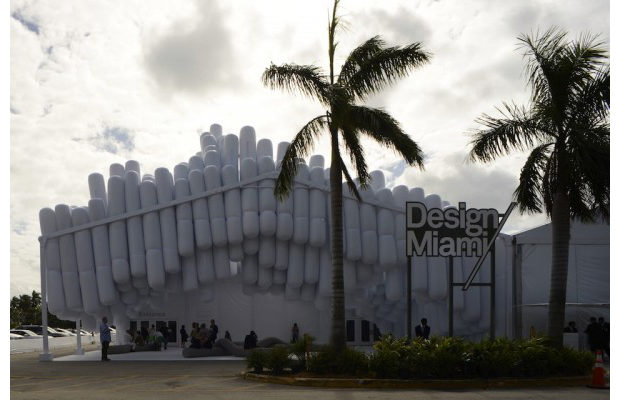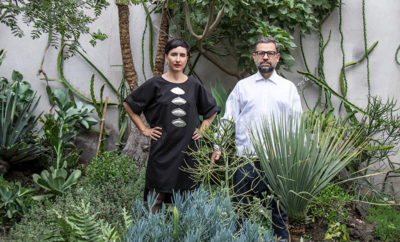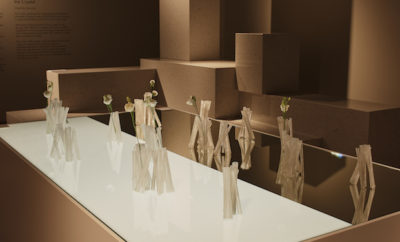
Architecture
Design Miami 2012 Highlights
The eighth edition of Design Miami/ saw record attendance and robust sales throughout its six-day run in Miami, Florida from December 4-9, 2012. Thirty-six of the world's leading galleries presented contemporary and historic design, which sold well among the 31,000 design collectors and enthusiasts who attended the fair.

Visitors to Design Miami/ were welcomed by Drift, a pavilion created by New York-based collaborative studio Snarkitecture. A floating environment comprised of massive inflatable tubes, Drift resembles a topographical landscape in suspension: an ascending mountain above and an excavated cavern below. The lightness of the floating tubes underscores the mass of the enormous installation, visible from a distance of several blocks. The cascading cylinders of Drift lift to create paths of circulation around hanging stalactite forms, providing visitors with a meandering gateway to the fair. Apertures in the canopy above frame views of the Miami sky and allow sunlight into the shaded pavilion. Filtered light passes between the tubes of the excavated cavern, creating a space at the confluence of interaction, conversation and contemplation.













